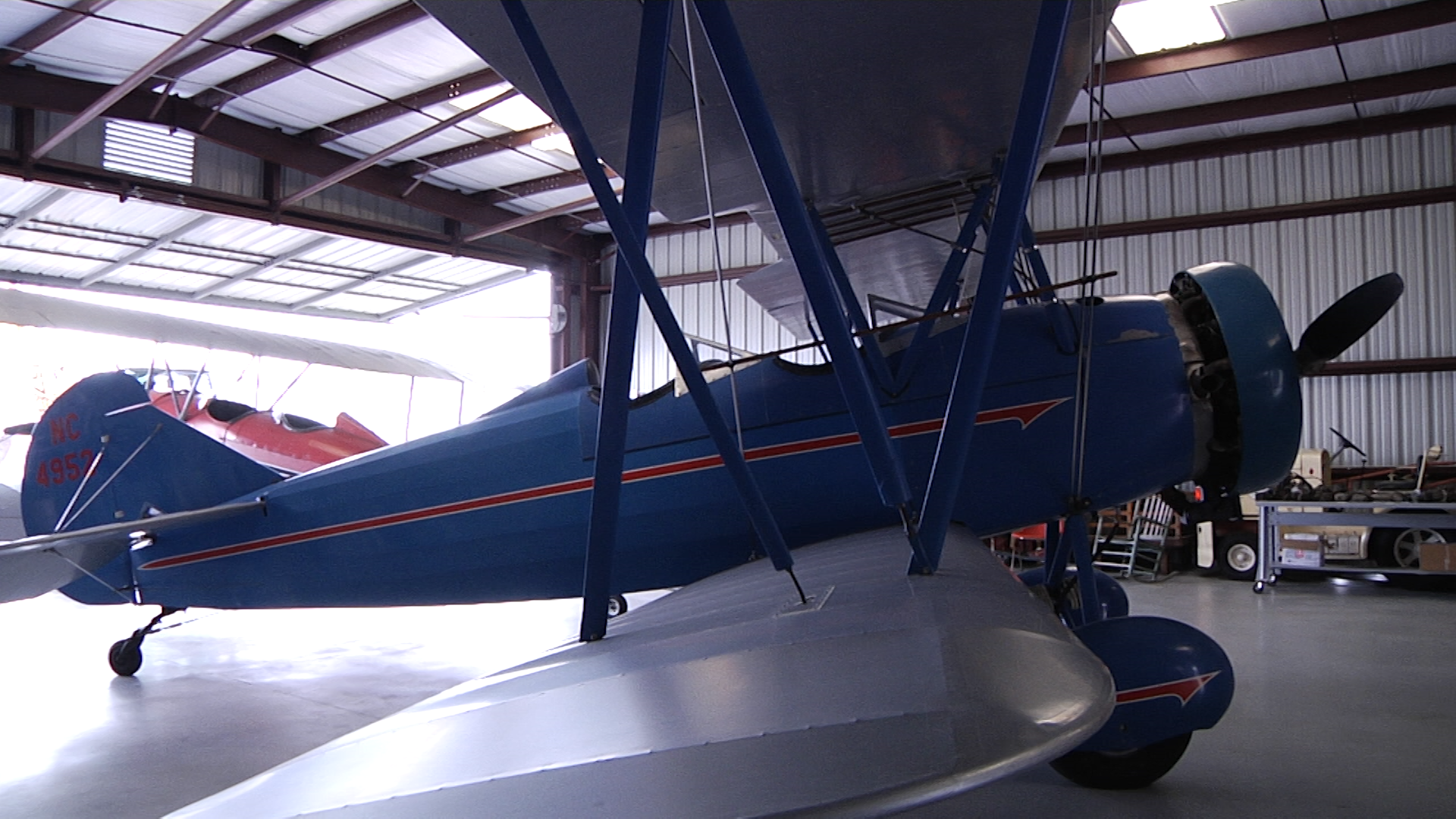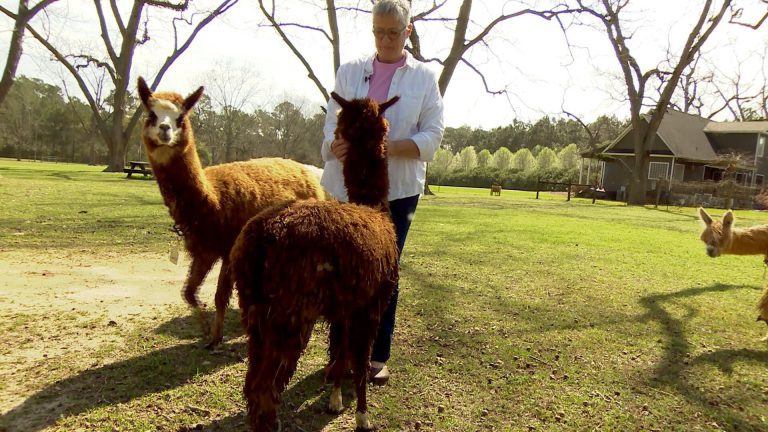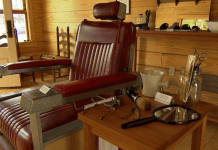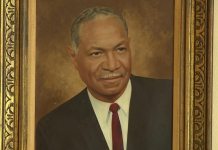

“Since the earliest I can remember, which was about… I was probably about four years old, barnstormers would come around and land in farmer’s fields, oat pastures and wheat fields, and haul passengers for wherever the market would go – from fifty cents to five dollars. My daddy would always carry me out to those fields to watch the airplanes. Then he’d have to give me a spanking to get me to go home because I won’t leave,” reminisces James Dekle. After spending a lifetime around airplanes, he and his son John now maintain the Power of the Past Museum in Thomasville, Georgia.
The museum boasts two or three very rare engines and then there are the airplanes… The blue and white Travel Air is probably the oldest licensed airplane in the South.
James’ son John Dekle shows us his favorite plane. “This airplane right here is a 1928 Travel Air built in Wichita, Kansas in January of 1928. I acquired it. I was a senior in high school and I found it in one of the aircraft trade magazines. I like this Travel Air – I like the designs of it. Ah, it’s just a beautiful-designed airplane and this was my airplane of choice, and we restored it and first flew it in 1973.”
James Dekle chimes in, “And the Waco here was my dream airplane. Of course, I saw the first one of those when I was four years old and I dreamed about it for many years until I was able to finally get one.”
“The City of Roses belongs to my dad. He’s owned it since 1961. Found it in a dairy barn about 28 miles from here. It was stored up,” says John.
James picks up the story, “It was one of the early airplanes to have brakes. The earliest brakes came out somewhere about 1927-28 and still several… many of them didn’t have brakes after that. Just had a tail skid that would dig into the ground and slow ‘em down.”
Their newest old-plane acquisition is a 1929 Waco Ten.
“The historical significance of this airplane right here is it was used in the 1929 Ford Reliability Tour and it was flown by Art Davis who used to be a famous pilot back in the day. He and Johnny Livingston flew identical airplanes that Waco supplied for the Reliability Tour and they averaged right at 130 miles an hour, which was almost unheard of for these type of airplanes in that era,” says John Dekle. He indicates the 1929 Waco Ten. “This airplane placed second at every stop. There was thirty-two stops on the tour and every stop, both airplanes placed first and second place.”
In addition to the three complete biplanes, James and John also have an impressive collection of aircraft engines on display – some with incredible stories behind them.
James says, “Every engine, to me, has got some kind of story and I could go on forever talking about different stories behind different engines and one of the more interesting ones is the drug engine we have back here.
John picks up the story. “One of the drug cartels was shipping it back and forth from Central or South America up into the United States with drugs in it. And they were shipping it to an overhaul shop to be overhauled. When it got to the shop, they would take some of it apart, take the drugs out of it, put it back together and ship it back down to South America saying it wasn’t overhaul-able. We don’t know how many trips it made back and forth before it finally got caught, up in Atlanta. They were having a big class with the drug dogs and one of the dogs smelled it… sniffed… and I think there was nine kilos of cocaine in it.”
Then there’s the little French beauty. Only one of two known to still exist, it purportedly had ties to Scarface and his gang. James Dekle tells this story: “That was the Anzani. And that was used during the Prohibition years. The Feds were watching everything on the East Coast. All the trucks heading for Chicago and Detroit and New York with booze on them, but they wasn’t watching airplanes. The report that I got on this engine when I got it was that Al Capone was backing this unit that were flying eight or ten cases of booze from Brunswick, Georgia where the boat came in to Macon, Georgia, where it was put on a truck to Detroit or Chicago. And when Prohibition was repealed, they had no further use for the airplane. They pushed it under an oak tree and it rotted down there… except for the engine. And I’ve got the engine now.”
They even have a very rare Taylor engine with a link to the Wright Brothers.
“Taylor was the Wright Brothers’ mechanic and when the Wright Brothers sold out to Curtiss to make Curtiss-Wright Corporation, Taylor didn’t have a job. He started an engine company of his own and this was one of his first engines in 1919,” says James.
John continues the story. “But it’s a water-cooled engine. Only one in the world that we know of. He built this engine in 1919 to go on the general aviation market and when World War I ended, military dumped all the O-X Five and the Hispano-Suiza engines on the market and he couldn’t compete with the cheapness of the engines. This was the only one that we know of that was ever built.”
Those are only a few of the artifacts housed at the Power of the Past Museum. If you have a curiosity about old planes and engines, you can drop in on James and John. The museum is located just off the Pavo Road (also known as Georgia Route 122) at the Thomasville Regional Airport on the northeast side of town. It’s open most weekends. You can also find them online at PowerofthePast.org.
Mike Plummer is a content producer and editor for television at WFSU Public Media. He spent 25 years in commercial television as an art director, commercial director, promotion manager, station manager and creative services director before coming to WFSU in 2008. Mike likes to find the “unusual” or “out of the ordinary” stories in our Local Routes. He says the best part of his job is getting to know people he would otherwise probably not get a chance to meet. Mike is widowed, has a rescue dog named Dexter, and is constantly at war with the vines growing in his backyard.





